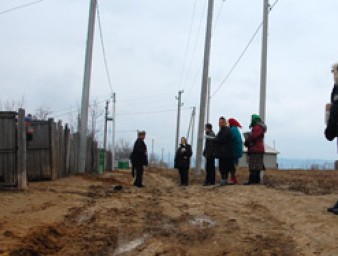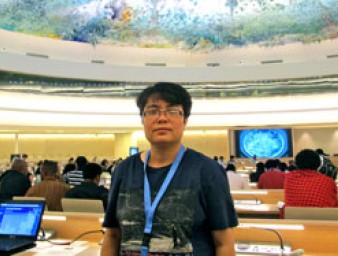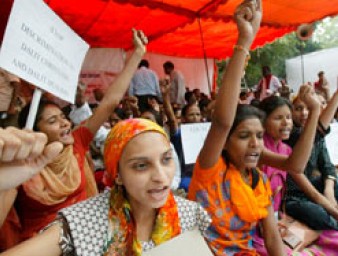The politics of exclusion continue in and around Rome
10 May 2013
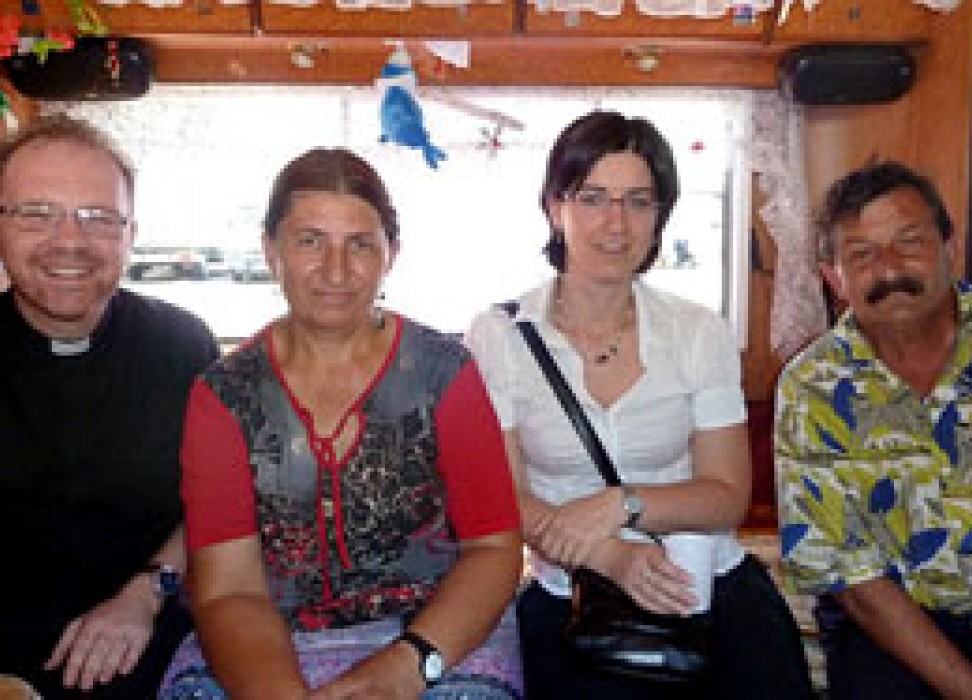
In March 2010, High Commissioner for Human Rights Navi Pillay visited two sites outside of Rome, Italy, that were described by local authorities as “camps for nomads”. One of them was unauthorized, consisting merely of makeshift huts in deplorable condition. The other, at Via Candoni, was presented to the High Commissioner as the new model for “nomad camps” – a segregated enclave of pitched caravans surrounded by a high fence and police surveillance towers, far outside the city limits.
Since Pillay’s visit, conditions at Via Candoni have deteriorated due to overcrowding. Unauthorized settlements of Roma, who fled the Western Balkans conflict 20 years ago or who recently migrated from Romania, are being forcibly evicted and moved to Via Candoni, often without warning, in violation of international standards. There has been no electricity or heating in the “model camp” in the past three months.
“There is hardly any access to jobs or social services here,” points out Father Paolo Cristiano, a Roman Catholic priest from the Sant’Egidio Community who has been working with the Roma for many years. He learnt to speak Romani and has deep understanding of the Romani culture. “The only investment here has been into security arrangements. The Roma are seen only as a security problem. But if they don’t get access to normal housing, jobs and education, nothing can be solved – not even security.”
The Sant’Egidio approach is heavily based on volunteer work. It is not just one of distributing traditional Christian charity – it is about empowering the Roma to become active subjects of their own lives. However, local authorities do not see the Roma as rights-holders towards whom they would have duties. Nor do they see them as a vulnerable group whose members need to be empowered. They see them simply as a security threat which needs to be contained. Most importantly, they see periodic crackdowns on Roma as a source of votes.
Over a thousand residents of a much older state-sponsored “nomad camp”, Tor de Cenci, were recently moved en masse to a remote location with no access to public transport, 20 kilometres outside of Rome. Tor de Cenci camp was created in the early 2000s, in an already marginal location at the edge of Rome, with one side facing the city and the other the fields. But even that apparently wasn’t segregated and excluded enough. In the last municipal election, Sveva Belviso, now Deputy Mayor of Rome, campaigned on the promise of closing Tor de Cenci altogether and driving its residents out.
The new location is in the middle of nowhere, with no public transport, just cars whizzing around on a highway. “This is really the end of the line,” laments Mr. F., a middle-aged Romani father of five who arrived in Italy during the Bosnian war, almost two decades ago. He is visibly depressed: “Why did I deserve to end up like this? I have tried so hard to succeed here. I have a job in Rome. Now I have to commute by car – and return to this horrible place which is driving me crazy. Why should we be sentenced to live in caravans or containers just because they call us nomads?”
Unlike the Irish Travellers or the French Gens du voyage, Bosnian Roma have been sedentary for generations. “We have never been nomads. Here they make us into nomads, by pushing us from one forced eviction to another,” complains Mr. M., an elderly Roma who used to live in a village near Sarajevo.
With a mix of pride and melancholia, Mr. M. shows photos of the house he left behind, in a village now part of the Serbian-controlled region of Bosnia and Herzegovina (Republika Srpska). “But I cannot go back there. All my relatives were killed in the ethnic cleansing. There are no Roma living there any more, only Serbs. Moreover, I am a Muslim. What should I do? Go back there and ask to get my house back? How long do you think my children and grandchildren would survive there?”
Theoretically, things in Italy should now be better than before. Italy’s highest administrative court, the Council of State, has abolished the “state of emergency” used by five provinces under the previous Government to justify security measures against the Roma. The technocratic Government of Prime Minister Monti appointed Andrea Riccardi, the founder of the Sant’Egidio Community, as Minister for Integration, entrusting him also with the policy on Roma.
In 2012, Minister Riccardi presented an inclusive National Integration Strategy for the Roma to the European Commission, which represents a complete change from the policies practiced until now. But the national Government has little means to change the action of local authorities.
“The result is a growing gap between the declared national policy and the situation on the ground where the politics of deliberate exclusion continue unabated,” says OHCHR Regional Representative for Europe, Jan Jařab, who has made repeated visits to the camps around Rome.
In a questionnaire which celebrates the closure of Tor de Cenci as a “joint victory of the people”, Deputy Mayor Belviso asked voters what they would like to replace the camp with. Two of the options were a garbage dump and a circuit for go-kart racing.
“What ‘noble’ reasons they destroy human lives for!” says Father Paolo indignantly. “For the moment, crude populism keeps winning.”
He acknowledges, however, that there are many people committed to Roma rights in Italy, from lawyers who successfully challenged the “state of emergency” to civil society activists, and from Minister Riccardi to Sant’Egidio volunteers. He concludes: “I hope that sooner rather than later, authorities at all levels will understand that they should implement the new national strategy for the inclusion of Roma: a strategy that overcomes the ghettoes and the idea of a constant emergency. It is the only possible way to bring huge benefits both to them and to the local population.”
10 May 2013
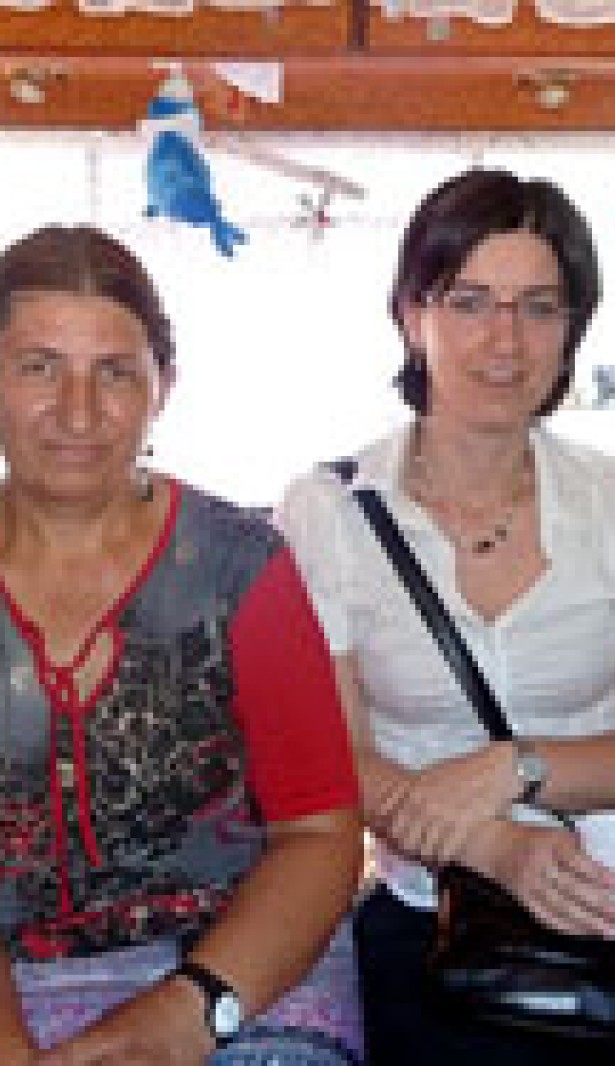
VIEW THIS PAGE IN:
